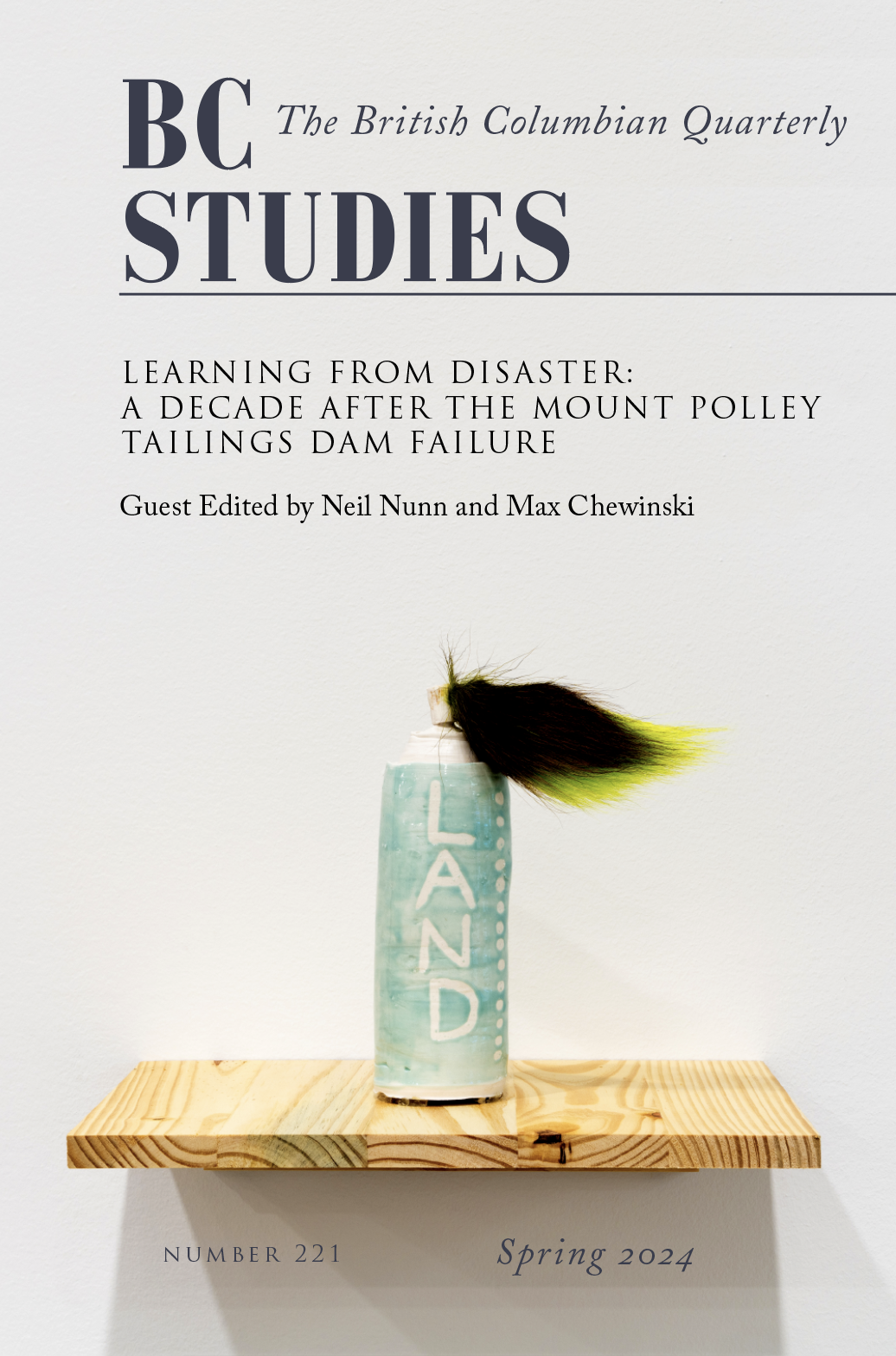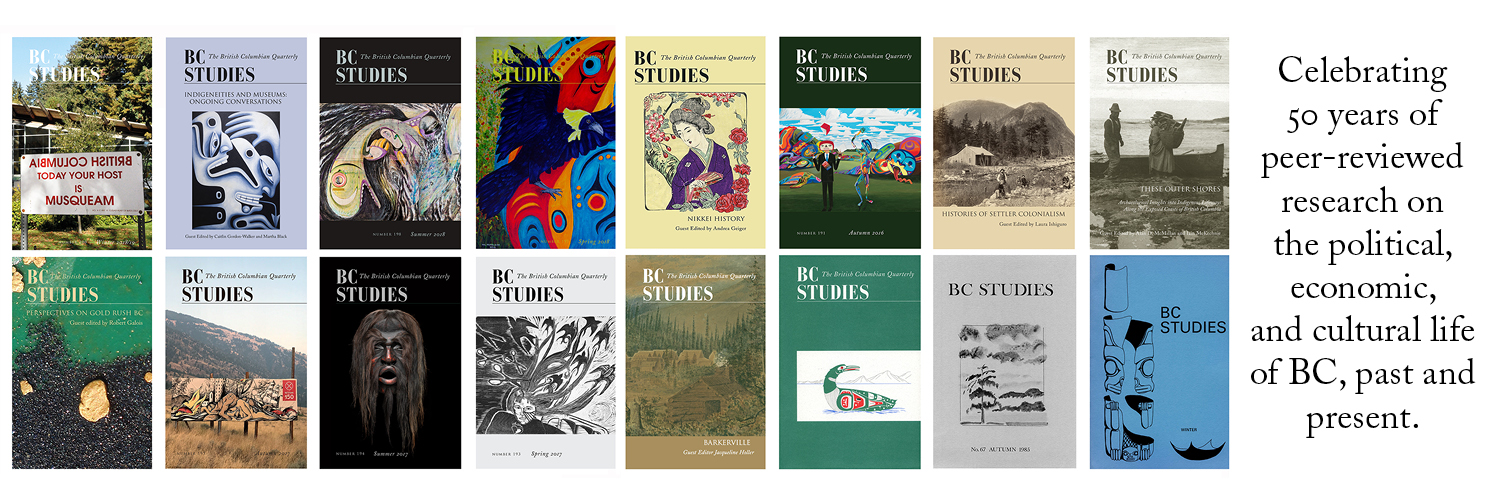The Role of Academia in Assessing an Environmental Disaster
A Reflection on the Successes and Limitations of Research Approaches to the 2014 Catastrophic Failure of the Mount Polley Mine Tailings Storage Facility
DOI:
https://doi.org/10.14288/bcs.no221.199473Abstract
The University of Northern British Columbia (UNBC) is a small, research-intensive university with a main campus in Prince George. It has several smaller campuses (e.g., Quesnel) as well as two research forests (John Prince and Aleza Lake) and a research centre (Quesnel River Research Centre, QRRC; www2.unbc.ca/quesnel-river-research-centre) that focuses on aquatic sciences, mainly within the Quesnel watershed. The catastrophic breach of the tailings storage facility (TSF) of the Mount Polley Mine in 2014 occurred about twelve kilometres from the QRRC and affected large parts of the Quesnel watershed. Given this close proximity, and past experience in the watershed, researchers from UNBC, along with other institutions, were uniquely positioned to study the aquatic impacts of this event. To date, the UNBC-led research is probably the largest academic study on the spill. This research has provided important information on the impacts on the downstream, receiving aquatic environment. In addition to peer-reviewed journal publications, presentations to provincial and federal agencies, both in Canada and abroad, and presentations at national and international conferences, the research team has also disseminated the findings through other outlets such as community meetings, an annual research open house hosted by the QRRC, media interviews and documentary films. This research has been generally well-received as being trustworthy and independent. However, the research team has recognized that there are aspects that have not met the expectations of all local residents and other concerned individuals in the region. This includes the expectation of immediate response to individuals’ concerns and of the fast turn-around of results and reporting. In part, this stems from the training that academics ‒ both graduate students and professors ‒ receive and the venues in which they are accustomed to reporting their results. It also stems from the diverse range of perceptions of the event on the environment ‒ from “it’s not a big deal” and “it was just like a natural landslide” to “it’s an environmental catastrophe” and “I will never eat the fish” ‒ and the misperception that academics operate on the same timeline as consultants in regards to the timing and distribution of academic research findings.
Here we describe aspects of the spill, including the initial impacts on the local environment, and summarize some of the main research findings based on the first ten years of study. We also provide a personal reflection on some of the problems encountered and provide some thoughts on what we have learned along the way, explaining how academics undertake research on disasters like Mount Polley. We start with a discussion of why environmental disasters associated with human activities, such as mining, need to be considered as different to natural ones, and how this can shape the nature of research.



